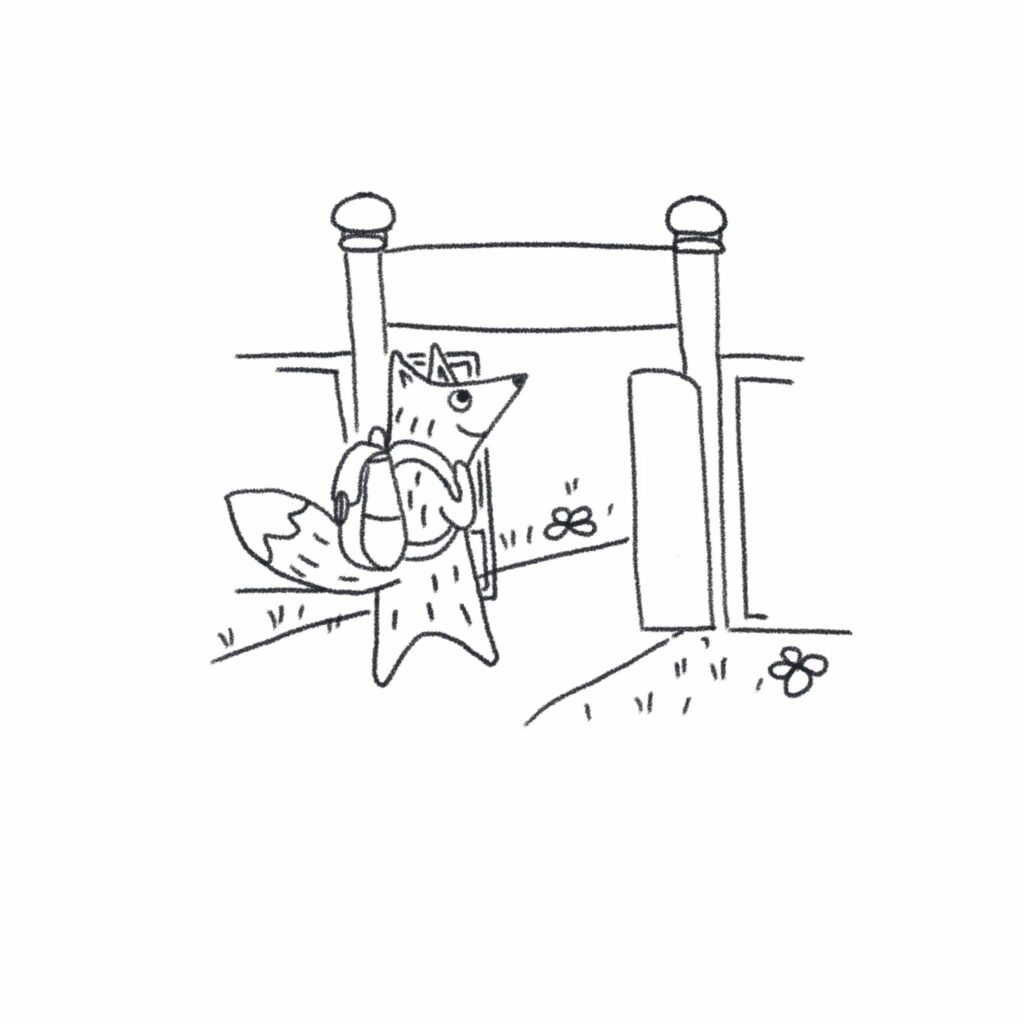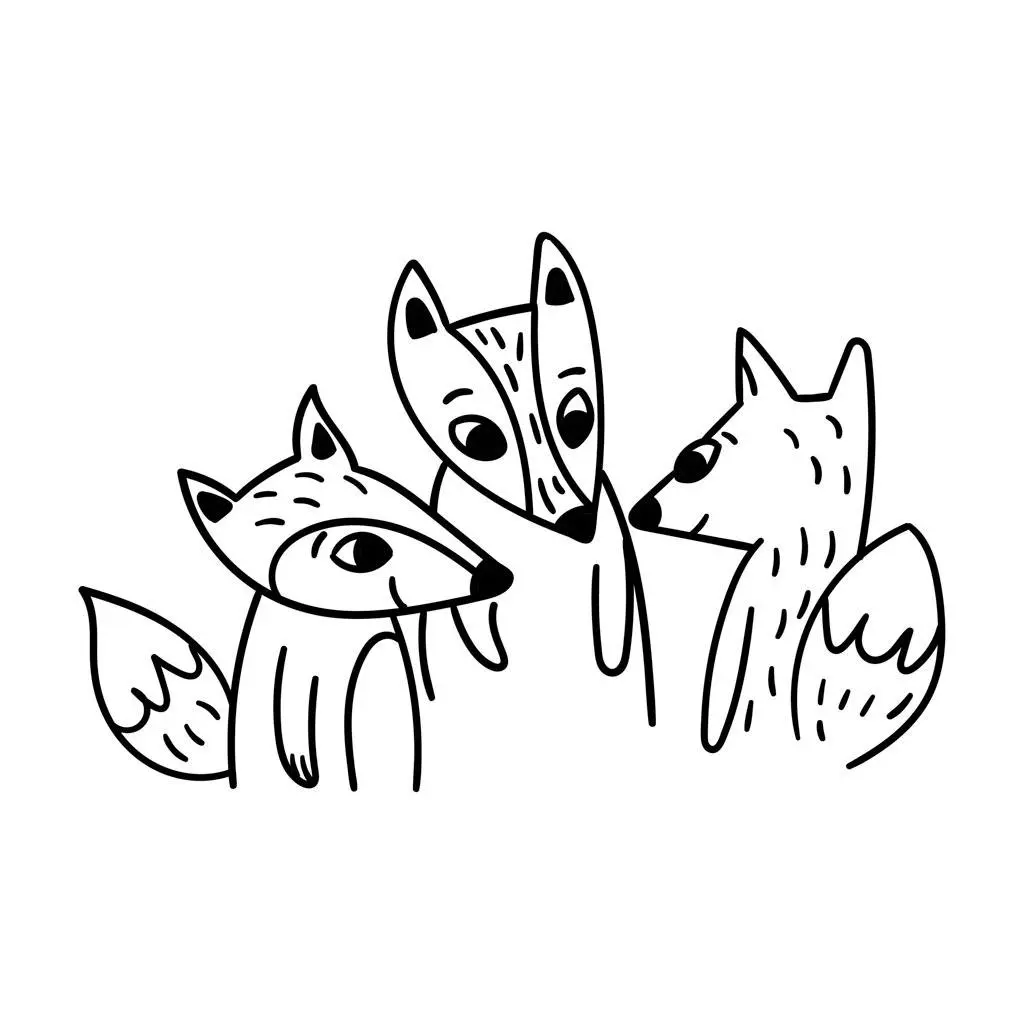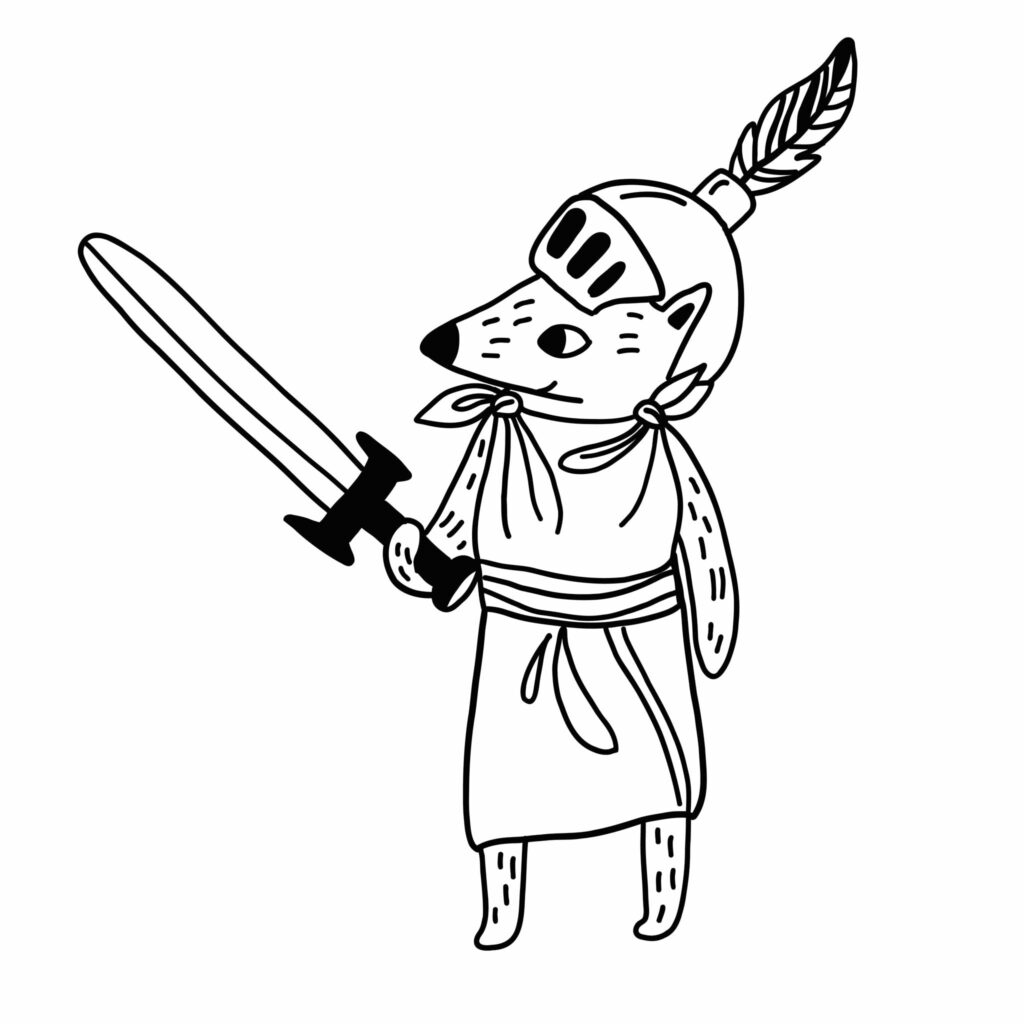Painting teaches us to see, to look more closely. Is water really blue? If not, what colours can you actually see? What about black? We very rarely see true black in nature. How else could you represent that colour on the page?
- Learn to mix colours, to understand that red and yellow make orange, that you can darken and lighten a colour. Colours can be thinned to make a wash.
- We learn that brush strokes can be short or sweeping, smooth or stippled, dry or laden with paint. We are learning about opacity and dilution; thin and runny or thick and gloopy.
- Mixing paint is as much science as it is art.
- We also learn that paint needs to dry, that you can ruin your picture by overworking it (both by adding too much detail or simply because you have soaked the paper and the brush has now rubbed a hole in it).
- For information on how children’s painting develops, on how the child represents what they see, see 67. Drawing.
- There are many ways to apply paint to paper. Here are some more you can try:
- Potato printing
- Crayon resist painting: draw on white paper with a white crayon. Paint over with a wash of colour to reveal the picture.
- Finger painting
- Textured painting: add PVA glue, sand, coffee grounds, etc. to paint to create an interesting textured effect.
- Blow painting: blowing paint out of a straw onto the paper




